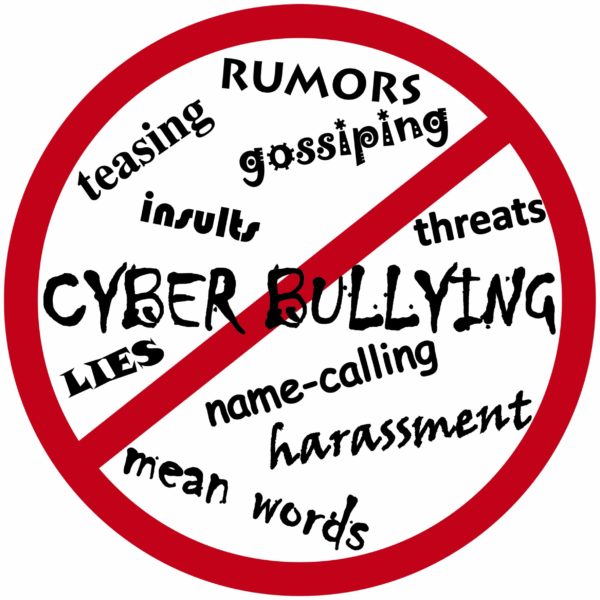The last thing educators want to see is one of their students hurt or taken away in handcuffs
Several years ago, a school’s greatest concern regarding cell phones revolved around the risk of them ringing in class. Today, there are much greater worries that educators, parents and students themselves need to be aware of in and out of the classroom.
From sexting to cyberbullying, a momentary lapse in judgment on a smart phone or through social media can have lifelong consequences. Here are five digital trends that every educator should know about.
Watch this clip on how to beat cyberbullying.
(Next page: Digital trends 1-3)
Privacy
Teens cannot assume any of their online or cell phone activity will remain private. One of the most common problems occurs when someone shares a photograph or other private information through texting or social media and expects complete privacy. Too often, either accidentally or on purpose, it spreads beyond the recipient or group of friends.
Theoretically, students only interact with “friends” and can set certain privacy controls. But all it takes is one friend to share a photo or a post via Facebook or Instagram with someone else, and it can end up spreading. Similarly, a teen can set up a private Twitter account; restricting access to those he or she accepts as followers. But a follower can quote any of the teen’s tweets or take a screenshot and publicly share it.
Additionally, teens with a public Twitter account might assume that only their followers are seeing their tweets. But any post can be found in public Twitter searches or by accessing profile pages.
Anonymity
Educators, students and parents should never assume they can remain anonymous online. A large percentage of cases our attorneys handle involve another party harming our client anonymously, without using the party’s name or other identifying information. Almost every time, a person’s true identity can be tracked.
Whether it is by creating an impostor Facebook account or sending a text message to someone that does not recognize a number, there are several legal techniques that can be used to reveal “anonymous” identities.
Cyberbullying
In the most extreme examples, harassment among students can lead to suicide. In 2008, a student in my hometown of Cincinnati hung herself after her ex-boyfriend shared her nude photos with other students. Sadly, this was not an isolated incident; bullying has led many students to take their own lives.
Smart phones have changed how teens torment their classmates – whether it is through sharing “private” photos or videos, name-calling and other mean-spirited text messages, or posting embarrassing content online. Cyberbullying also includes the above-mentioned impostor accounts or sharing photos manipulated in humiliating or obscene ways.
Although most teens are unaware of the consequences, legislation and litigation regarding cyberbullying is on the rise.
(Next page: Trends 4-5)
Sexting
The increased popularity and pressure to send racy photos amongst teens has caused many problems – both for the subject of the photos and, to a lesser extent, the distributor of these photos.
The common scenario is, of course: Teen takes nude photos; teen sends them to their significant other; they break up; the photos are posted online and/or distributed to others.
For obvious reasons, if a teen receives inappropriate photos, they should not share them with anyone else. But less obvious, a teen can face a felony charge for distributing child pornography, as well as simply for possessing a nude photo of a minor.
In mid-April, two New Jersey teenagers faced criminal charges for possessing and distributing a nude photo. According to CBS New York [1], a 16-year-old male student and his current girlfriend have been charged in connection with the photos of the male’s ex-girlfriend.
Educate Students, Staff and Parents
Teens may be breaking the law using their smart phones without even realizing it. While an arrest for possessing or distributing child pornography is an extreme case, it serves to illustrate that a lapse in judgment – theoretically as easy as sharing a photo or making a social media post – can have serious long-term consequences.
While it may be difficult for parents and school administrators to monitor cell phone or Internet activity, it is important to make teens aware of the consequences of their actions. The last thing educators want to see is one of their students hurt or taken away in handcuffs.
Whitney Gibson leads the Vorys Internet defamation group and speaks at school assemblies on social media and cyberbullying. You can contact Whitney Gibson at 855.542.9192 or wcgibson@vorys.com [2]. Read more about the practice at www.defamationremovalattorneys.com [3] and www.defamationremovalattorneysblog.com [4].
